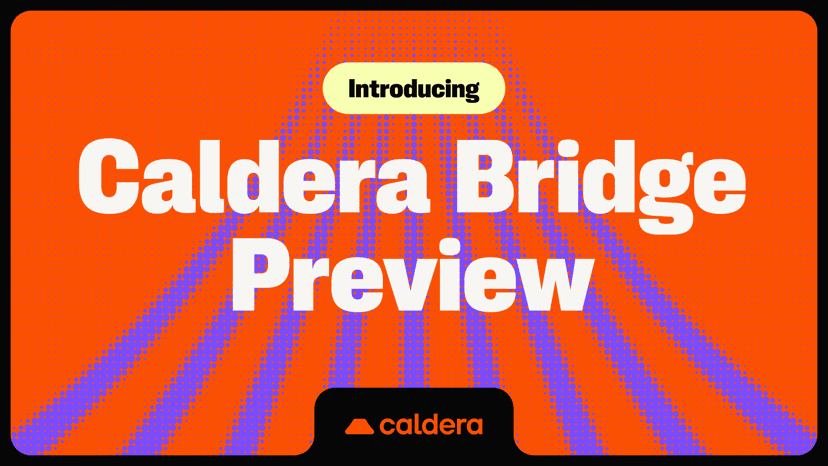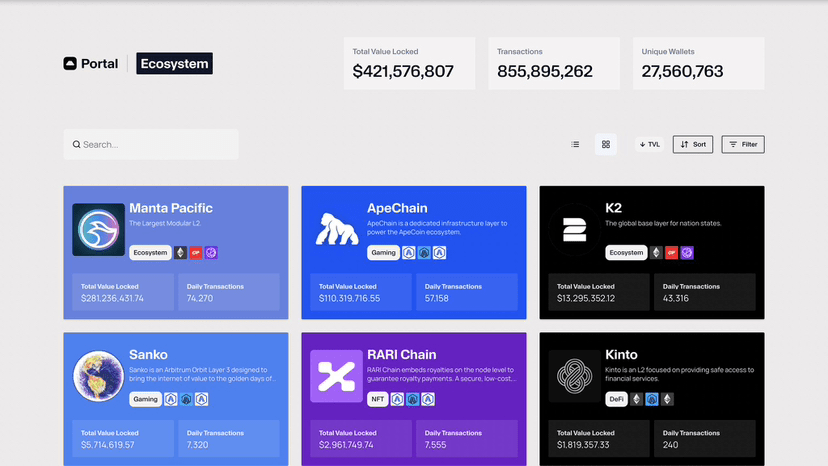This thing has a token drop, but launching chains is cheap and quite impressive 😂
When scaling Ethereum, even if a single Rollup runs fast, it cannot avoid the hurdle of 'interoperability challenges': cumbersome asset transfers, message delivery issues, and each chain feels like an isolated island. Caldera's approach does not tighten the screws; it directly builds a 'bus'—Metalayer. This is a cross-chain interoperability framework aimed at Rollups, with the core goal of faster asset listings, smoother cross-chain executions, and more worry-free development. The official documentation states it clearly: this is a cross-chain interoperability layer specifically designed for Rollups, responsible for 'electrifying' communication between chains.

But Caldera doesn't just make 'connectors'. It also provides a Rollup Engine—a 'cloud platform-like' engine for creating and managing custom Rollups. The team's claim is to upgrade chains from 'static products' to 'orchestrated infrastructure': with a few clicks or an API, you can customize your chain according to business needs. For teams pursuing quick launches and continuous iterations, this abstracts the process of 'going on-chain' into an engineering workflow.
More critically, it is about ecological compatibility. Caldera is not building a closed stack on its own but embraces mainstream frameworks: OP Stack, Arbitrum Orbit, Polygon CDK, ZK Stack, etc., are all on the optional list. Developers can choose a base like selecting an 'engine model', stepping less into unfamiliar pits and using familiar tools, which is a tangible improvement in research and development efficiency.
How does Metalayer realize 'interoperability'? It is not just a simple bridge, but a unified layer: within this layer, Rollups can perform message routing, asset mapping, and share key infrastructure (oracles, indexing, settlement channels, etc.), transforming 'multi-chain applications' from makeshift constructions into proper assembly lines. Community articles summarize it as a unified network that allows various Rollups on Ethereum to work together.
You might be concerned about security. Caldera has conducted independent audits for the Metalayer contracts (Halborn report available) and continues to improve contracts and operations; for cross-chain operations which are often precarious, external security audits are essential.
From a developer's perspective, Metalayer is like providing you with an 'in-house logistics line':
Assets: faster listings and cross-chain circulation, lowering the capital threshold for cold starts; Messages: smoother cross-Rollup calls without the need to write glue everywhere; Resources: sharing fundamental components, creating more functions instead of reinventing the wheel. The goal of this combination is to reduce the operational difficulty of 'integrating multiple Rollups' to a level manageable for the business.

Why say it is not equivalent to 'creating another chain'? Because Caldera's value lies not in replacing a specific framework, but in compiling different frameworks into the same manual. OP, Orbit, CDK, ZK Stack each have their own characteristics, and Metalayer serves as 'simultaneous interpretation'. When you need to horizontally scale, shard operations, or split gaming/social/DeFi into multiple sub-chains, the existence of a unified layer greatly reduces system complexity.
From the user side, the ideal experience is 'like clicking different pages in a large application', rather than 'every time you switch chains feels like going through customs'. Metalayer aims to solve this 'psychological resistance'. When assets and states flow smoothly behind the scenes, the front end can potentially achieve a truly 'seamless multi-chain' experience.
Caldera's value proposition is not to 'raise another layer', but to lay a reliable 'bus' between the second layers. As the number of Rollups transitions from 'a few' to 'many', a unified layer like Metalayer acts like a subway network in a city—enabling each line to run with efficiency and collaboration.
@Caldera Official #Caldera $ERA